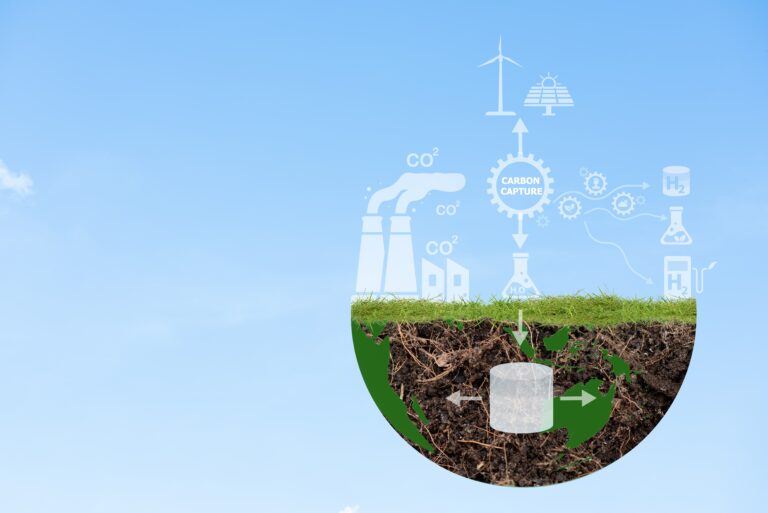FORECAST: ‘We can’t just use the rig count anymore’ — EIA chief
Colin Sullivan, E&E reporter
NEW YORK — The Obama administration’s lead statistician on energy yesterday said he is pushing the Energy Information Administration to be more relevant to everyday concerns.
EIA Administrator Adam Sieminski explained the agency’s drift toward publishing a monthly “Drilling Productivity Report” in remarks at Columbia University’s Center on Global Energy Policy. To Sieminski, EIA has in the past not been focused on what he calls “energy now.”
“EIA had not been, in my view, doing enough on current events and what they mean for policymakers and the public,” he said.
The agency released its first such monthly report last month, revealing that the productivity of domestic U.S. oil and natural gas wells should not necessarily be viewed through the traditional prism of rig counts. Sieminski said those assessing future productivity, especially on the oil side, should look at many more factors to accurately assess where the market is going.
“We can’t just use the rig count anymore,” he said. “It’s not the only thing. It’s not by itself sufficient to help you understand what’s going on.”
For instance, the EIA’s first productivity report looked at decline rates and productivity growth at six leading shale oil and gas basins in the United States. The report showed that there is enough oil in new wells to offset declines in existing wells.
The report also found that the Bakken and Eagle Ford regions were responsible for 75 percent of the monthly oil production growth in October. The Permian was the biggest oil producer in absolute terms but grew by only 93,000 barrels per day in the last year (EnergyWire, Oct. 22).
Sieminski explained that he wants EIA to step beyond old ways of doing things to provide better data on how much oil and gas the United States has available. This question gets to the heart of a big unknown overshadowing the current U.S. energy renaissance: How long will it last?
Sieminski said he’s not precisely sure how to answer that question but believes EIA is pointing in the right direction by looking at, say, well classifications and drilling efficiency rather than just rig counts to predict how much longer oil and gas production will climb in this country.
He explained that there is often a lag in energy production numbers because reporting deadlines vary from state to state. In Texas, where a lot of independents operate, the lag time can be as much as two years, while in Alaska, which has fewer operators and focuses on the North Slope, accurate data come in much quicker.
Jason Bordoff, director of the energy program at Columbia, said these points may be “technical and wonky,” but he argued for their importance in terms of what “gets at the question of how much we really have,” to examine whether U.S. oil and gas might plateau anytime soon.
Sieminski responded that EIA’s new methods point to the importance of technology and prices. High oil prices, he said, helped spur new, unconventional drilling techniques. He contrasted this method to the hypothesis of peak oilers who ignored technology and prices and focused on the resource base to predict that the United States was on the downward path toward running out of oil.
“One of the things we’re learning from the productivity report is technology really, really matters,” he said.
He added that EIA’s figures point to “more room for growth — probably a lot more room,” predicting that gas and probably oil would continue to grow out to 2040.
Reprinted from EnergyWire with permission from Environment & Energy Publishing, LLC. <www.eenews.net> 202-628-6500.






